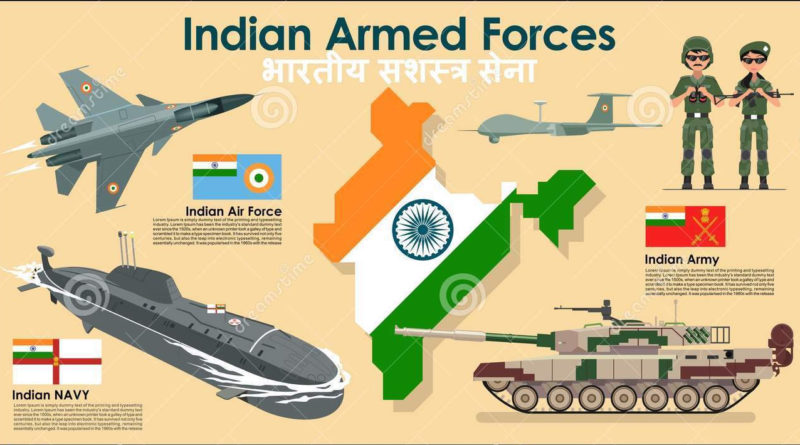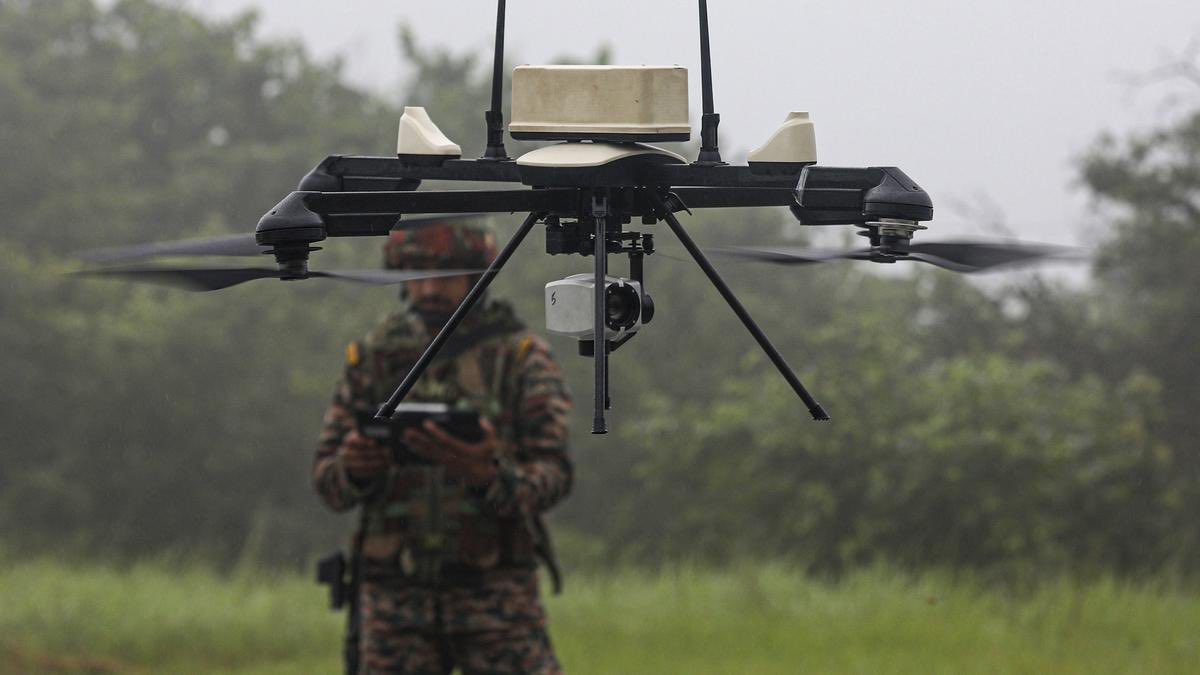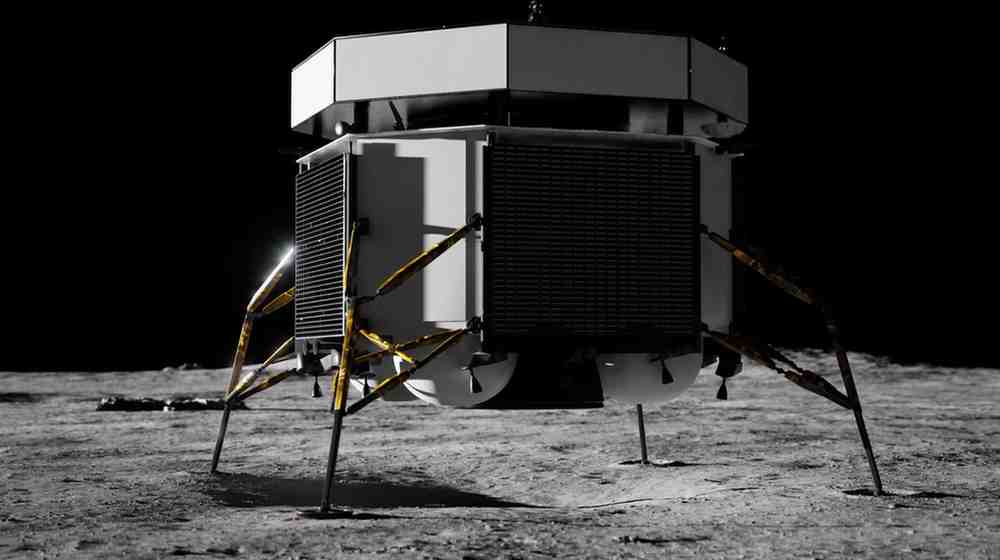Hans J Morgenthau in his classical work of Politics Among Nations stated that the desire for power on part of several nations, each trying to maintain or overthrow the status quo and policies aim to preserve it, leads to a necessity of configuration that is called balance of power. This concept leads to coining the terms of strategic stability and arms race following competing states ambitions to maintain balance and stability. The evolving cycle of a new arms race in the international arena among major powers has ensued rapid force modernization at the conventional and strategic levels.
Read More: The S-400 for India & its implications for Pakistan
The global defense spending has reached $1.917 trillion in 2019 according to SIPRI, while, US ($732billion) China ($261billion), India ($71.1billion), Russia ($65.1 billion), KSA ($62 billion) remain among the highest military spenders. Indian defense spending due to its hegemonic ambitions has increased by 6.8%in 2019 as compared to $66.5 B in 2018. The Indian MoD has spent and allocated over $ 16.91 billion for acquiring new weapon systems for its armed forces. During the first 50 days of Modi’s second term BJP government spent over $ 1.23 billion on armed forces. While amid current India china military standoff Indian government approved $67,365,400 ($67 million) on emergency bases. Thus, the build-up and expansion of forces by India is impacting the delicate balance of power in South Asia. A new cycle of arms race is on the horizon as major power strives for power projection. Rapid force modernization has initiated a domino effect across the regions.
As the years are rolling by, the Indian government is looking for internal and external means to modernize its forces. In this particular regard, India had worked on numerous doctrines that sum up the amount of work that has been invested in building up the Indian military might. So far most of the doctrines are targeted towards Pakistan. But after the recent episode in Ladakh, it is of utmost concern that whether India has been building up its might to counter Pakistan or is it to ‘kill two birds with one stone’?
Along with the doctrines, India has been investing huge sums on its tri-services intending to modernize and upgrade its military. So far, it has invested billions of dollars in its army, air force, and navy. The aim of this literature is to understand the Indian Military Doctrines, measures being taken by the Indian military to modernize its tri-services, and its implication on the Strategic Stability of South Asia.
Table of Contents
ToggleLong Term Integrated Perspective Plan: 2012-2027
LTIPP was approved in April 2012, as a means of inducting advanced weaponry in the Indian tri-services. It was stated that India requires about $233 billion under this plan for fulfilling its weapon and equipment needs. According to a source from the Indian MOD, LTIPP aims at purchasing 500 helicopters, almost 100 single and 120 twin-engine fighter jets, an aircraft carrier and about 12 submarines. Modern-day projects including the purchase of 36 Rafale fighter aircrafts from France and S-400 advanced air defense systems from Russia are a part of the LTIPP.
Impact on Strategic Stability of South Asia
The new era of India’s arms race in various domains, conventional, nuclear, space and cyber, showcases its hegemonic ambitions which can potentially destabilize the South Asian region. The balance of power in the region is gradually shifting, thus creating an impetus upon Pakistan to indulge in the arms race to maintain balance of power. Indian force modernization along with cyber and space defense commands in the coming decades will subsequently increase security and strategic implications for Pakistan. The massive spending and procurement of weapons systems and rapid force modernization by India poses a grave danger to regional stability by 2030, upon maturation of Indian defense projects.
Moreover, the force build-up could give India the ability to engage Pakistan across all spectrums of the battlefield using network-centric warfare capabilities. In its second term, the Modi administration has spent an alarming $ 2 billion on its defense needs, indicating the belligerent and hostile intentions of India. As India is crucial to the US Pivot to Asia policy, India is on a spree of force modernization in an attempt to quench its hegemonic desires albeit at the cost of destabilizing strategic balance in South Asia.
The picture that will emerge after the ripening of Indian defense deals displays a considerable threat to the national security of not only Pakistan, but also China. Assessing emerging battlefield scenarios, it is imperative for Pakistan to reinvigorate its war fighting capacities across various domains. Pakistan should capitalize existing capabilities, ensuring the survivability and efficiency of command and control structures, enhancing intelligence, surveillance and reconnaissance capabilities such as spy satellites, and develop delivery means such as long-range strategic and cruise missiles capable of striking targets deep within enemy territories while suppressing enemy air defense systems.
Therefore, it is proposed that China and Pakistan should further strengthen their military ties and initiate a joint venture for research and development in the conventional domain, emerging aerospace and naval domains, and most importantly the space and cyber domains, which will be the battleground of the future.
The Indians hegemonic ambitions and destabilizing actions to peace and strategic stability are evident from their rapid force modernization. The rapid restructuring of the armed forces, shifts and changes in nuclear doctrines from No-First Use to First Use and issuance of Land Warfare Doctrine 2018 an evolution of Cold Start Doctrine CSD etc. indicates the hostile and belligerent ambitions of India. Modi regime has spent billions of dollars for upgrading its armed forces. India is on the spree to force modernization for satisfying its hegemonic desires while projecting its actions to counter China, while in reality its force projection and modernization is aimed against Pakistan at the cost of destabilizing strategic balance in South Asia. Thus, the irrational decisions and aggressive posturing of India has placed Pakistan in a position to secure its own national interests and security by countering potential Indian military capabilities.
Author:

Tahama Asad is a graduate of Strategic Studies from National Defense University, Islamabad. Her major areas of interest include Strategic Stability of South Asia, Geo-Politics in Indo-Pacific Ocean, and National Security. Currently, she is enrolled in M.Phil. Strategic Studies from National Defense University, Islamabad.
- GDI Staffhttps://defensetalks.com/author/umair/
- GDI Staffhttps://defensetalks.com/author/umair/
- GDI Staffhttps://defensetalks.com/author/umair/
- GDI Staffhttps://defensetalks.com/author/umair/












